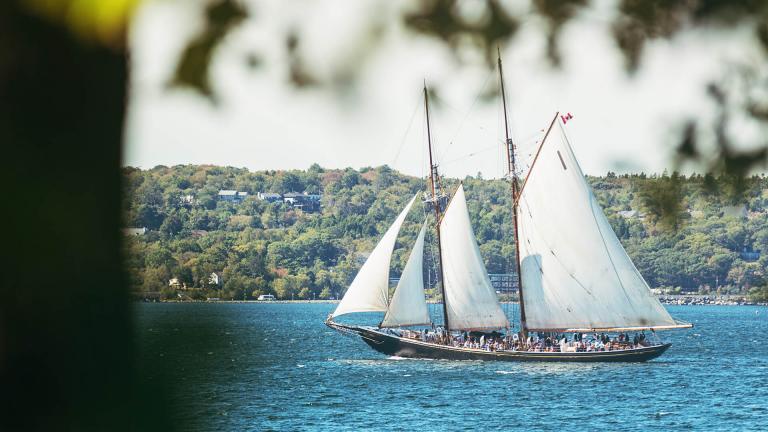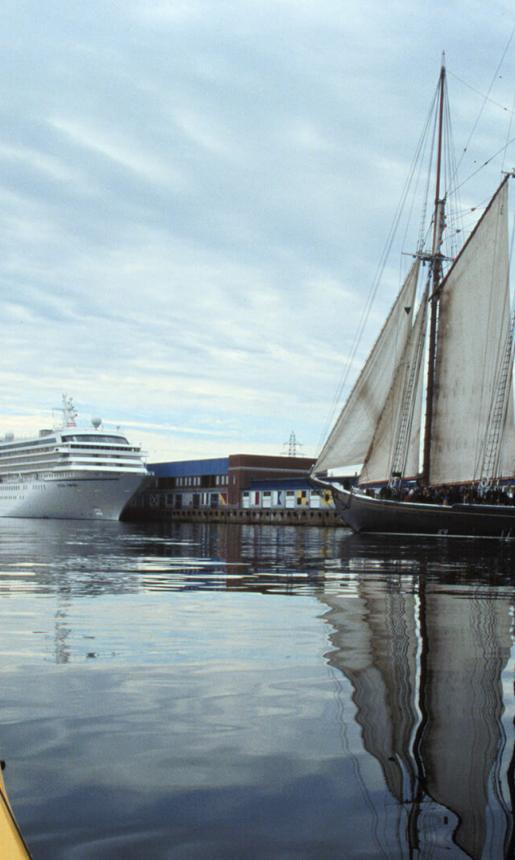7 Interesting Facts About the Bluenose II
A ship that’s synonymous with Nova Scotia and recognized the world over, the original Bluenose schooner went from humble beginnings as a fishing vessel to a renowned racing champion. Though the ship ran aground in Haiti in 1946, its legacy endured in the hearts of Canadians, and plans to construct a replica came to life in 1963. Here are seven interesting facts about Nova Scotia’s sailing ambassador—the Bluenose II.









